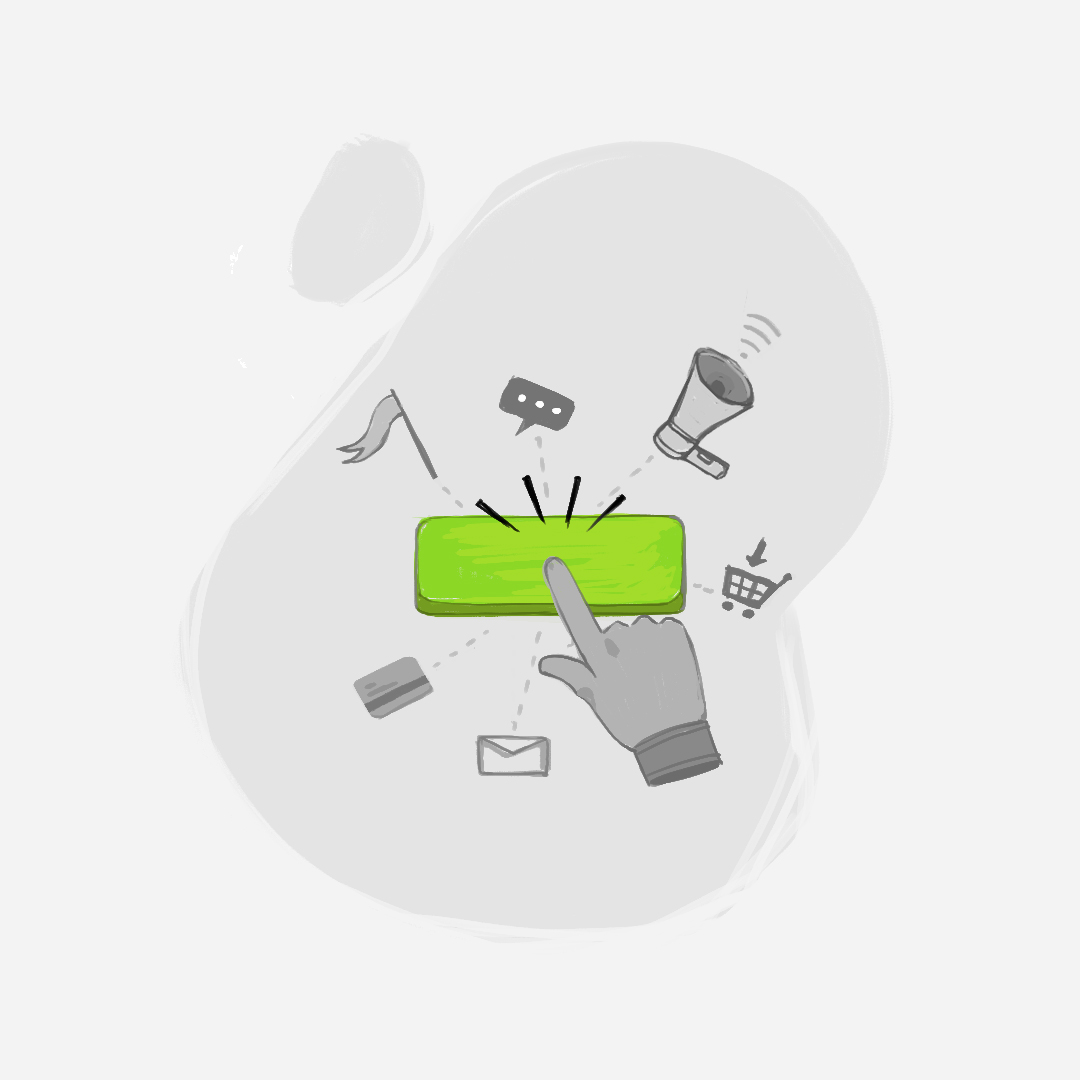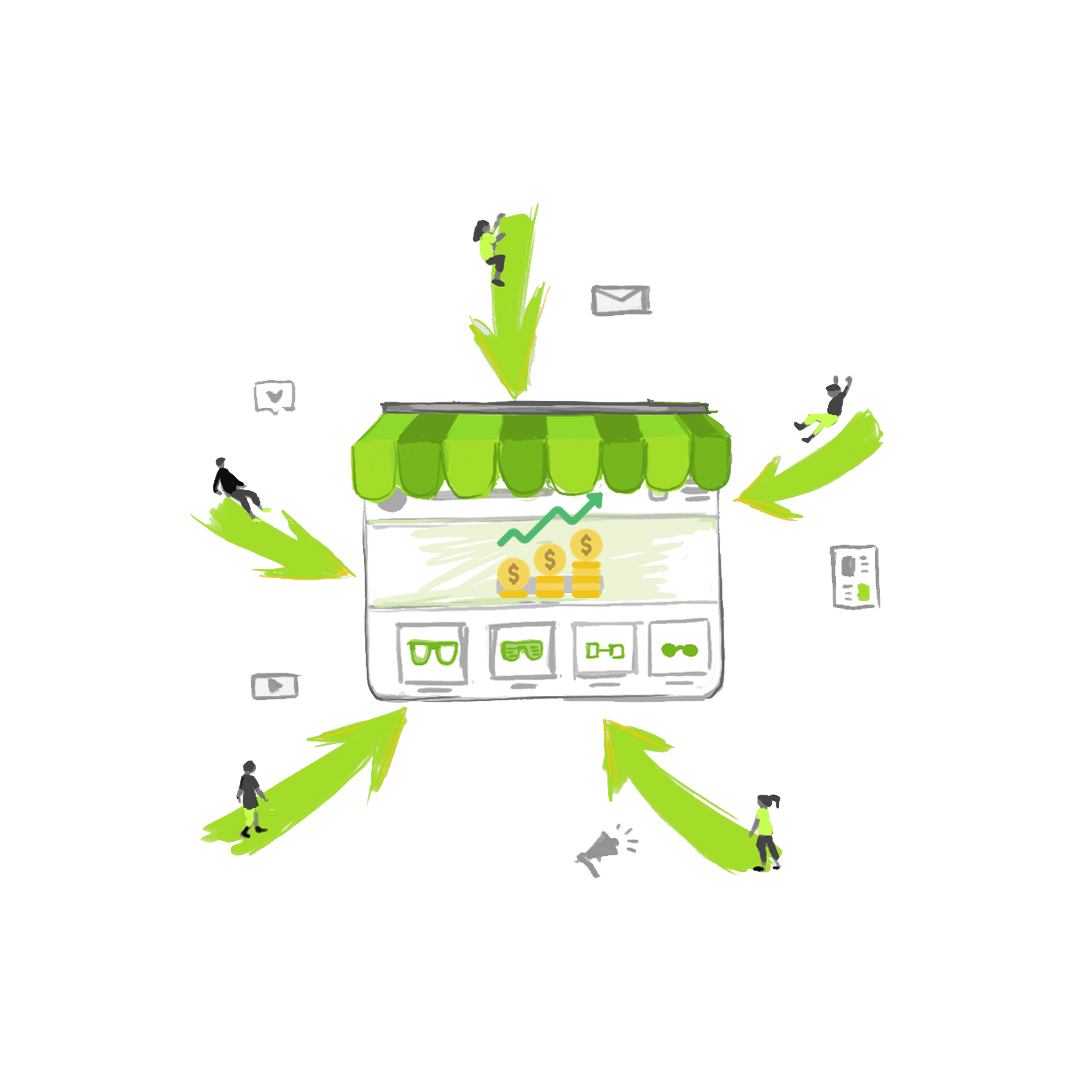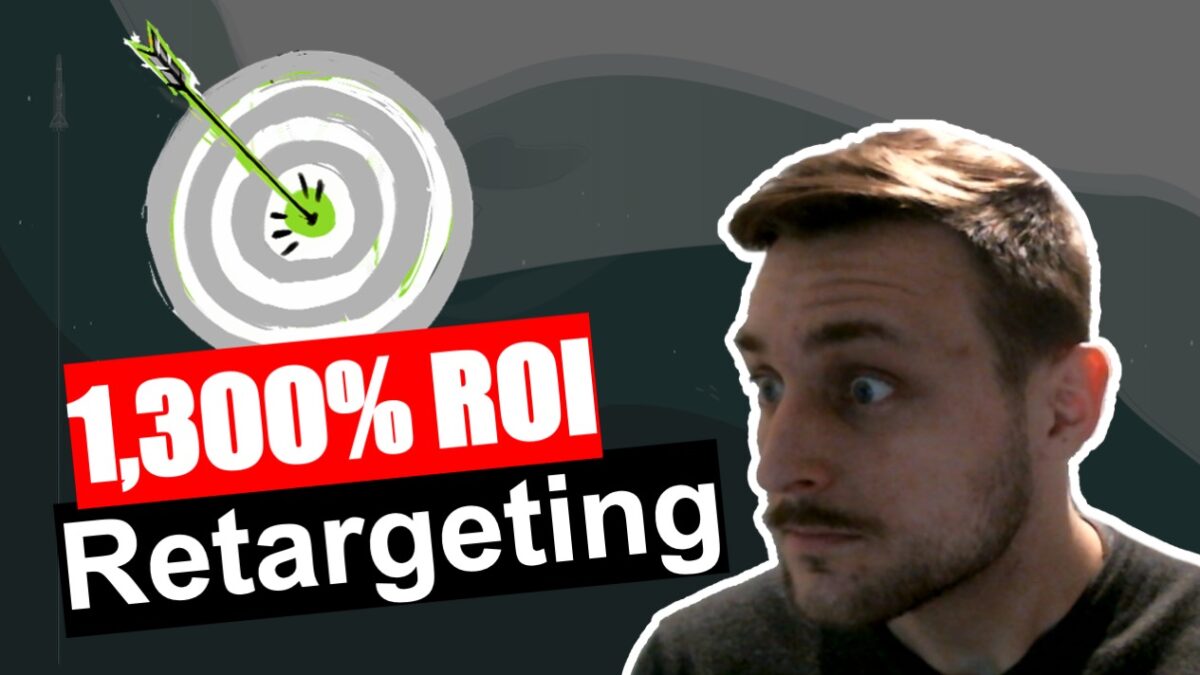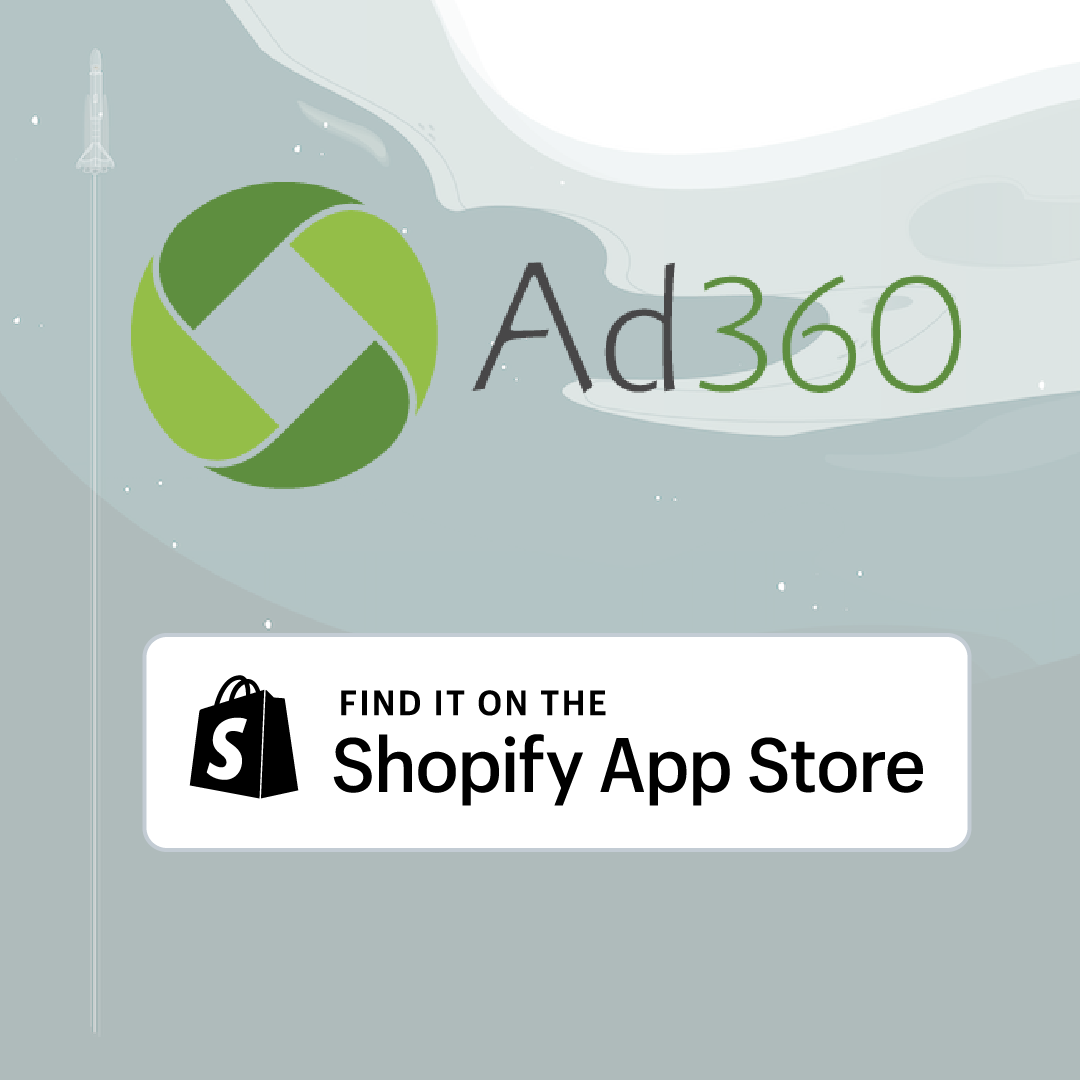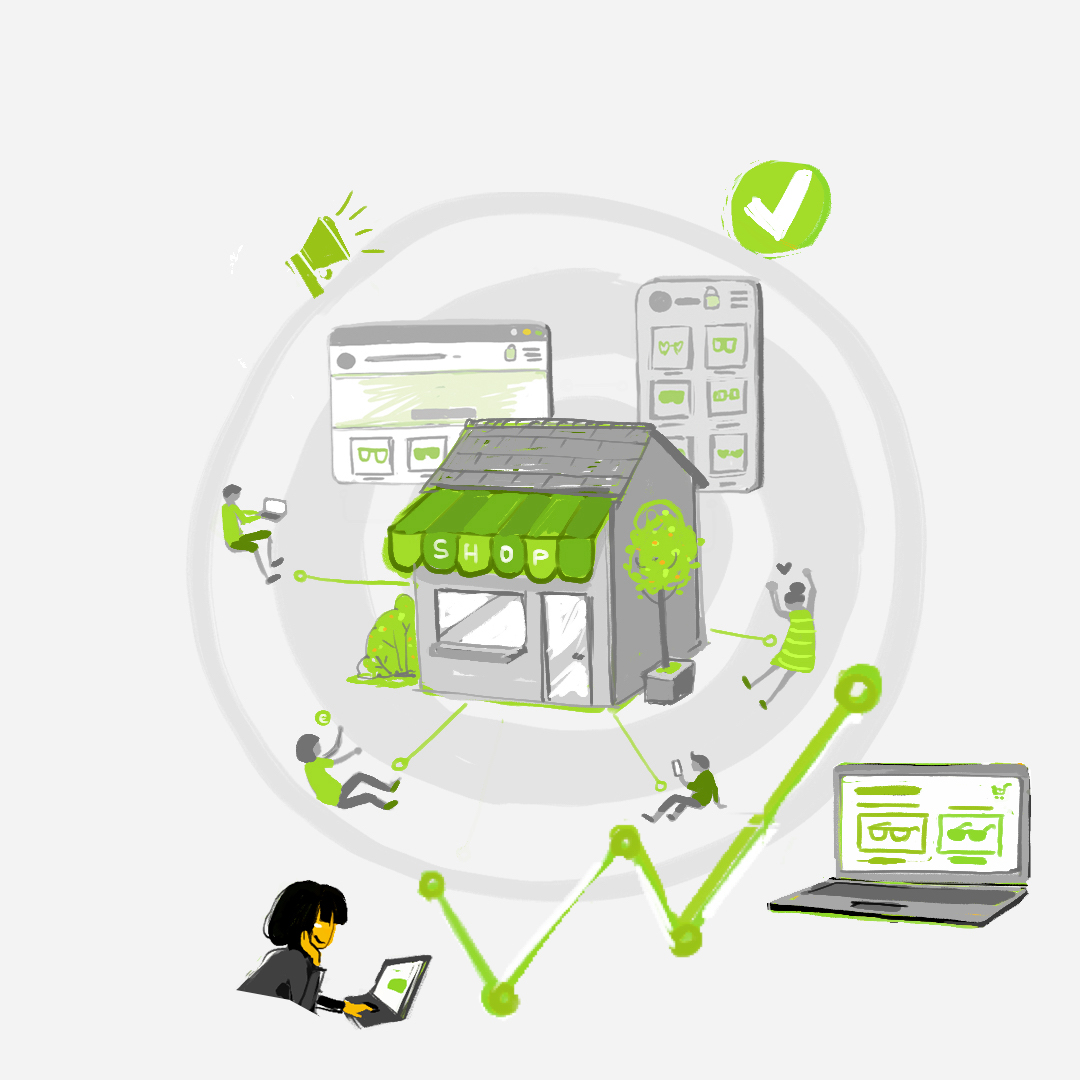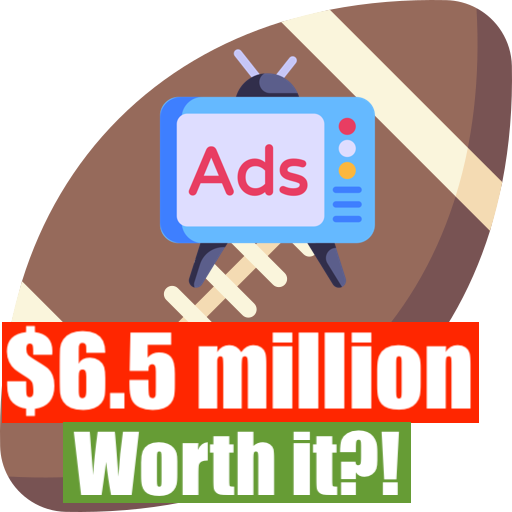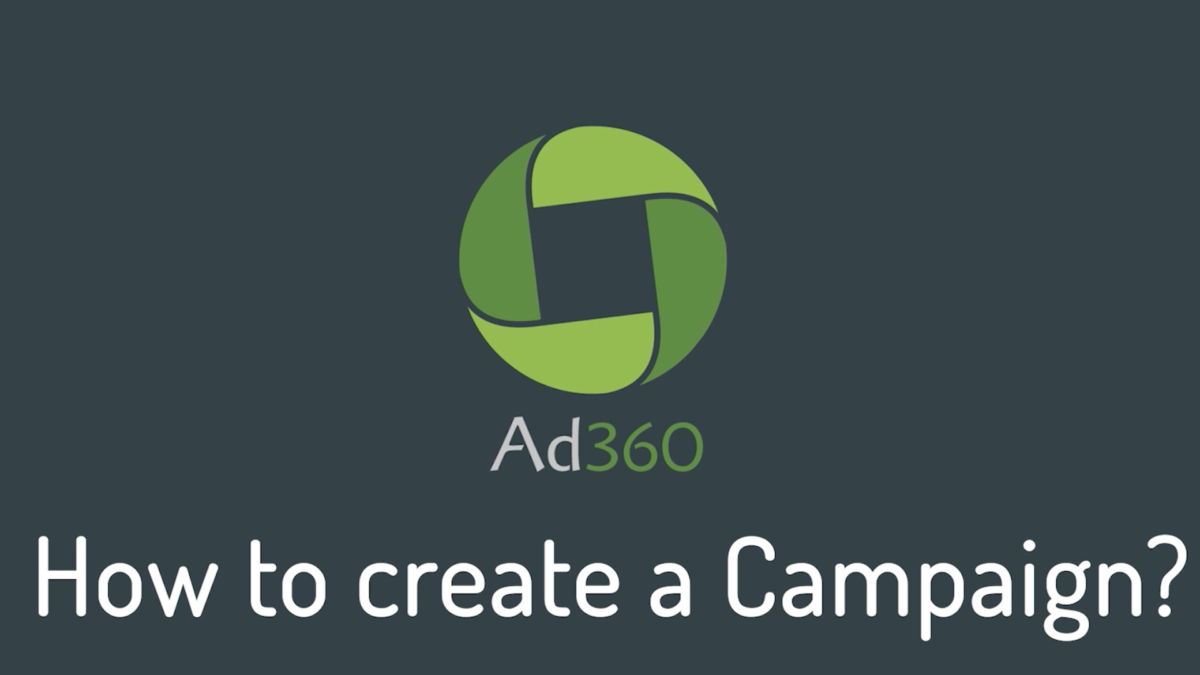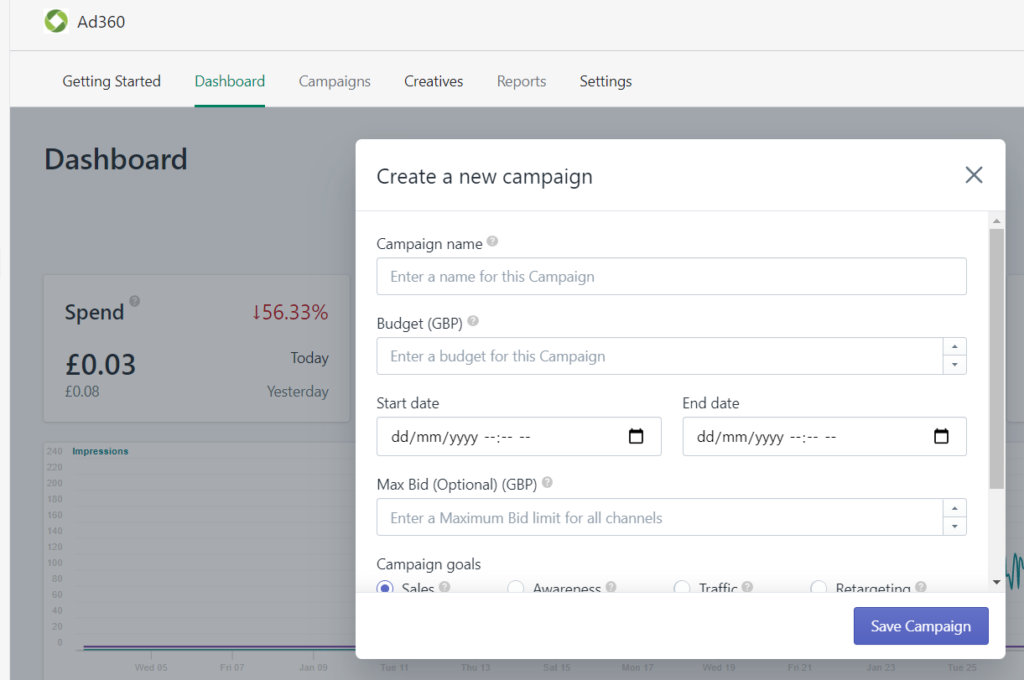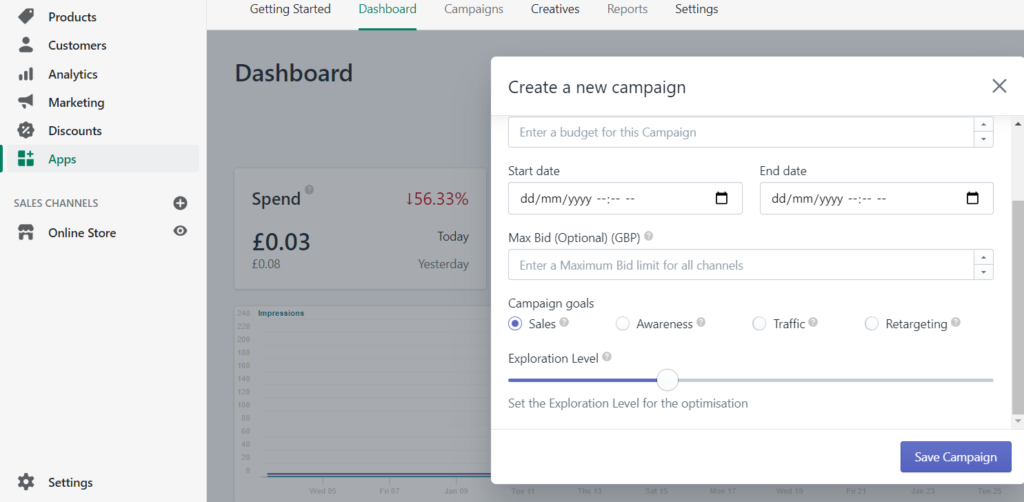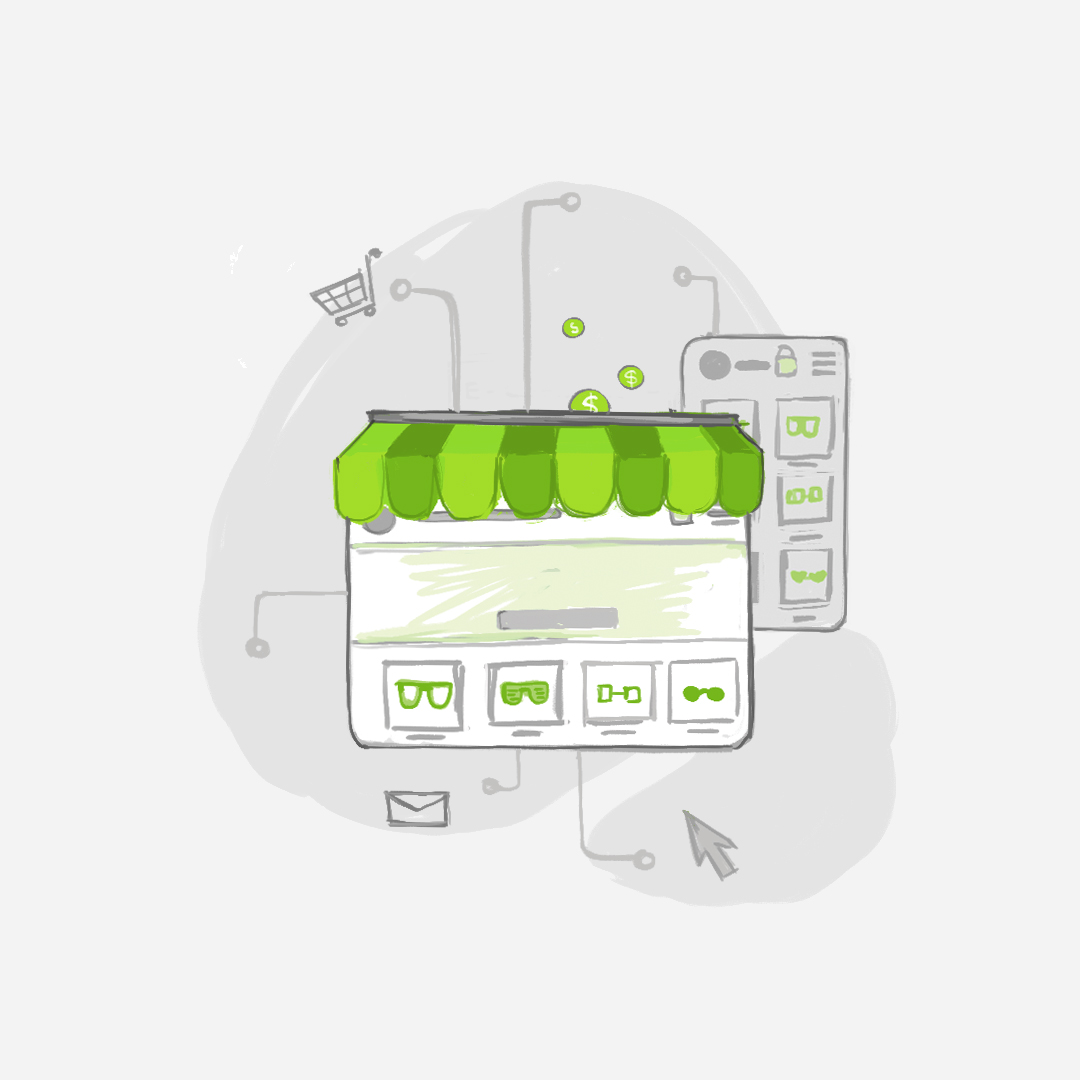Introduction
Have you ever heard your friends remark something like this?
“It’s crazy, I looked up running shoes the other day, and now all these different ads are popping up for running shoes! It’s like the Internet is stalking me!”
Ha… well… um… kind of 😊 . We hope you understand that business owners don’t have unlimited marketing resources to grow a humble Shopify store. There’s no room to consistently buy random ad space and just hope that blasting out promotional material leads to healthy sales growth. Some of the most disappointing stories we see from failed Shopify store owners follow a familiar pattern. After successfully setting up their online store and spending hundreds to thousands of dollars on Facebook and Google ads… the store sees no bump in converted sales or even new visitors. None. Huge bummer.
Luckily, you can read below to get the 360-degree breakdown of how high-level promotional strategies like geotargeting and hypertargeting work! While not exactly the same, both online marketing techniques are designed to efficiently concentrate marketing dollars on only the most likely customers, optimizing your entire online operation.
Geotargeting
Broadly put, geotargeting organizes its marketing around a specified location – some of the most commonly used parameters to set this location are listed below:
- Radius Targeting – Target individuals within a precise radius based on your location (e.g., within 100 miles of your business headquarters)
- Zip Code
- City/State/Region/Country
- Special Venues or Landmarks – Examples include airports, concert halls, universities, shopping centers, or other relevant places of business.
These different customer categories and classifications based on geography can start to sound like a bunch of jargon, so let’s ground the concept in a real-life example: boutique hotels. Smaller hotel chains do exist, and they need a way to market themselves in a manner competitive with the obvious choices: Marriott, Hilton, and so on. However, their marketing budget is far more limited, so geotargeting becomes an essential tool to concentrate their customer outreach on a local or regional level.
Imagine, for example, that a boutique hotel in Palm Springs wants to reach new customers throughout California and Nevada. To do so, they organize a new mobile ad campaign that only targets customers who live within 150 miles and have executed searches online with the keywords “reservation,” “tonight,” and “today.” Seeing as 72% of mobile hotel bookings include some combination of those keywords, and occur within the last 48 hours before the trip (talk about last minute), a boutique hotel service could multiply its sales conversion rate by reaching target customers based on their specific location. That remarkably efficient, highly detailed marketing strategy is what makes geotargeting such an effective promotional tool for growing your Shopify sales online. Even better, venues within that locale can be excluded, so as to further optimize your geotargeting efforts and customer growth. Absolutely surgical precision 😊
Hyperlocal
Hyperlocal ad targeting gets its name from its ability to draw a “virtual fence” around your desired GPS coordinates – any individuals passing through the area seeing your ads instantly! Think of the countless times you’ve done a Google search for a “______ near me.” You probably did it just last week trying to find a new Thai food restaurant!
In fact, 46% of all Google searches contain the phrase “near me” (that’s ~1.5 trillion searches), and Google’s VP of marketing reported a 500% increase in “near me” searches with phrases like “to buy” from 2016-2018. Sounds like a massive local marketing goldmine to us!
Now, why is the marketing strategy called HYPERlocal, you ask?
You can pinpoint your targeted ads down to a single city block. It gives businesses the power to tailor their ad banners to very specific communities, tapping into the concept of “local tribes for local brands.” Seeing as 71% of customers prefer personalized local ads, Shopify store owners have an opportunity to grow sales and outcompete even the largest companies marketing in the area.
Large conglomerates make the mistake of categorizing customers into too broad of categories, and their marketing strategy suffers from bland messaging that locals ignore almost on instinct. With hyperlocal advertising, local businesses become as visible to their community as any large company online for a fraction of the cost. Your custom ad spots are tailored right to your neighborhood, boosting customer engagement without bloating your marketing budget.
Which is Best for You?
Now, as high-tech as geotargeting and hyperlocal advertising sound, they are easy to implement and automatically managed within the Ad360 App for Shopify. We offer both geotargeting and hyperlocal targeting, to help you optimize your sales growth through concentrated (and customized) marketing promotions.
Enter the digital marketing “big leagues” with a free demo from Ad360 today! Our 24/7 support will help you figure out when and where to deploy geotargeting & hyperlocal marketing strategies for maximized sales growth.

